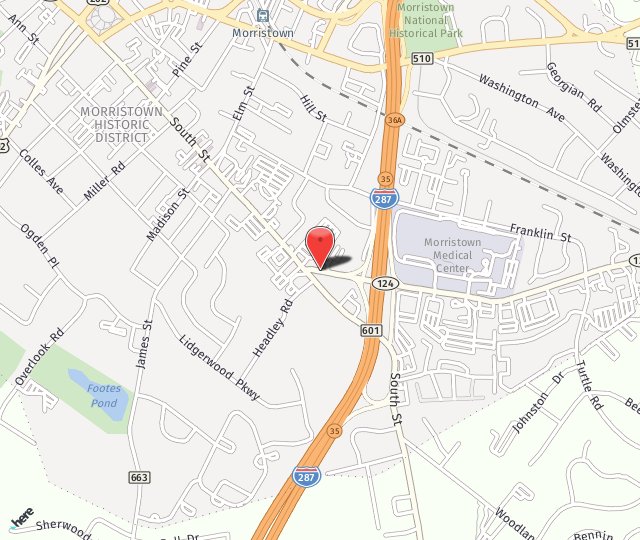Breast Augmentation (Augmentation Mammaplasty)
One of the most frequently performed cosmetic surgery procedures in the U.S., breast augmentation can give women with small or unevenly sized breasts a fuller, firmer, better-proportioned look through the placement of implants in the breast. Women may elect to undergo breast augmentation for many different medical and aesthetic motivations, including balancing breast size and compensating for reduced breast mass after pregnancy or surgery. The procedure may be combined with others such as a breast lift for more satisfying results.

Breast implants are silicone shells filled with saline (salt water) and are placed behind each breast, underneath either breast tissue or the chest wall muscle.
The procedure lasts one to two hours and is typically performed with general anesthesia, although local anesthesia combined with a sedative is also possible. After breast augmentation surgery the patient's bustline may be increased by one or more cup sizes.
Incisions are made in inconspicuous places on the breast to minimize scar visibility (in the armpit, in the crease on the underside of the breast, or around the areola, the dark skin around the nipple). The breast is then lifted, creating a pocket into which the implant is inserted.
Placement behind the chest wall muscle offers a few advantages over placement beneath the breast tissue only. These include reduced risk of capsular contracture (post-operative tightening around the implant) and less interference with mammogram examinations. Possible disadvantages include need for drainage tubes and elevated pain in the first few days following surgery.
Most patients feel tired and sore after breast augmentation surgery, but this usually passes in a day or two and many patients return to work within the week. Stitches are removed in a week to 10 days and any post-operative pain, swelling and sensitivity will diminish over the first few weeks. Scars will begin to fade in a few months and will continue to fade for months or years.
Breast Augmentation FAQs
Are Breast Implants Permanent?
Breast implants are not considered lifetime devices. Removal, replacement and visits to the physician are commonly required.
Can I Choose To Hove The Breast Implants Removed?
Breast implants are removable, but keep in mind that you may experience dimpling, puckering, wrinkling or other cosmetic changes after the implant is taken out.
Can I Breast-feed After Receiving Breast Implants?
Breast implants may affect your ability to produce milk for breast feeding.
Will Insurance Cover The Breast Implant Procedure?
Insurance companies do not usually cover implant surgery performed for cosmetic reasons. Most companies cover the first breast reconstruction operation.
Am I Eligible For Breast Implants?
You are not eligible if you have untreated breast cancer or infection, are under 18 years of age, or are pregnant or nursing.
What Are The Major Risks?
The major risks of breast implant surgery are deflation or rupture of the implant, capsular contracture (tightening of the scar, causing the breast to feel hard), pain, dissatisfaction with results, additional surgery, infection, hematoma/seroma, changes in nipple and/or breast sensation, inability to breast feed, calcium deposit formation, delayed healing, extrusion (implant breaks the surface of the skin) and necrosis (formation of dead tissue around the implant).
Breast Lift (Mastopexy)
Breast lift, also known as mastopexy, is a surgical procedure performed to raise and reshape breasts that have sagged as a result of aging, pregnancy, weight loss, gravity or other factors. By trimming excess skin and tightening supporting tissue, patients can achieve an uplifted, youthful breast contour. After surgery, the breasts are higher on the chest and firmer to the touch. The nipple and areola can also be repositioned or resized during this procedure to further enhance the appearance of the breast.
Since a breast lift does not change the shape or fullness of the breasts, many patients choose to combine this procedure with a breast augmentation or reduction in order to achieve their desired results.
Candidates For Breast Lift
A breast lift is a safe and effective procedure for many women seeking to enhance the appearance of their drooping breasts, although there are certain restrictions on eligibility. The ideal candidates for a breast lift are women with:
- Sagging breasts
- Breasts that have lost shape or volume
- Breasts that are flat or elongated
- Nipples or areolas pointing downward
- One breast lower than the other
In addition to sagging breasts, it is also important for women considering this procedure to be in good overall health, maintain a stable weight and have realistic expectations for surgery. It is recommended that women still planning to have children postpone this procedure, as pregnancy and nursing can counteract the effects of a breast lift.


